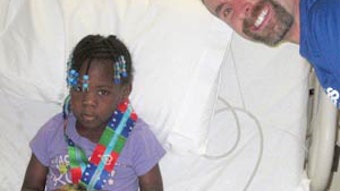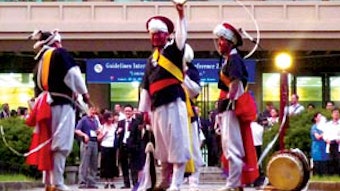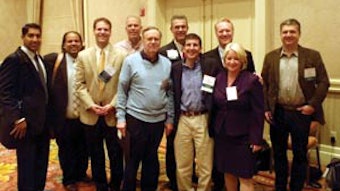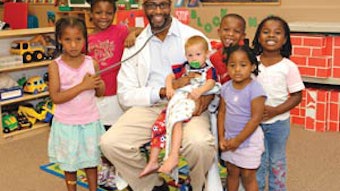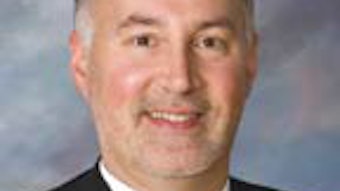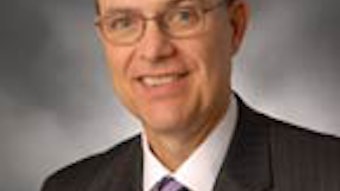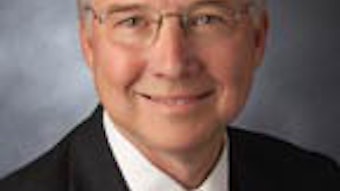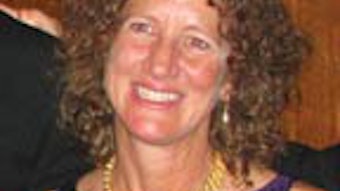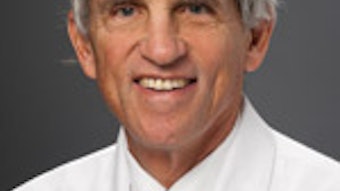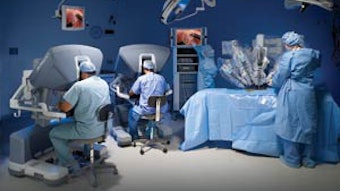UHG’s Direct-to-Consumer Sale of Hearing Aids
On October 3, 2011, hi HealthInnovations, a UnitedHealth Group (UHG) subsidiary, announced the launch of an innovative and low-cost line of hearing aids available direct to consumer with a free, self-rendered online hearing test designed to work with most computers, tablets, or smartphones. The devices are priced from $749 to $949, compared to the cost of a traditional hearing aid, which ranges from $2,000 to $4,000. Although the Academy supports innovation and lower costs for hearing aids for patients, the online hearing test is not clinically validated. UHG has yet to release any immediate research or details regarding verification of the test. Similar to many other clinical studies, a time-based analysis will be important for determining the clinical credibility of the hearing test. Further, the new methodology appears to potentially eliminate otolaryngologists and hearing professionals from the evaluative process, greatly increases the risk of misdiagnosis, and could drive up overall costs of hearing healthcare in the long-run. Given the devices’ low price range, UHG anticipates that the line of devices will drive down immediate out-of-pocket costs of hearing aids for the consumer. While the Academy appreciates UHG’s intention to reduce costs, there are serious concerns regarding potential dangers, costs, and unforeseen consequences for patients with a self-rendered test. Furthermore, the Academy strongly believes that an online hearing test is, at best, only an initial screening tool, and could provide misleading and false results. Instead of saving consumers money with a low-cost hearing aid, the potential misdiagnosis that may arise from a self-rendered hearing test could lead to increased costs for patient health and healthcare over time. On October 6, the Academy was contacted by a reporter with American Medical News (AMN), a print and online news publication published by the American Medical Association, with questions regarding the Academy’s stance on UHG’s new initiative. The Health Policy team collaborated with the Physician Payment Policy (3P) workgroup, the chair of the Hearing Committee, AAO-HNS Communications, and Government Affairs staff to carefully construct responses to the reporter’s questions. The article quoted the Academy with the following statement: “Any changes in the paradigms by which hearing aids are evaluated and fitted must be shown to have equal or superior outcomes to those currently employed and not be based solely on cost.” The article can be found in AMN’s online October 24, 2011 issue. Subsequently, the Health Policy team worked with Government Affairs staff to research and analyze state and federal law related to the issue. On November 2, 2011, the Academy submitted comments and concerns about the program to the national medical director at United Healthcare (UHC), a subsidiary of UHG, to request a conference call to collaborate on appropriately treating hearing loss in patients. AAO-HNS directed the letter to United Healthcare’s national medical director after the Academy’s recent open dialogue and success in making positive changes to their rhinoplasty/septoplasty coverage guidelines. The Academy’s fundamental message to UHC focuses on patient safety/quality and physician oversight when diagnosing patients with hearing loss. The AAO-HNS received an immediate response from the medical director at UHC and is currently working toward scheduling a meeting to further discuss the Academy’s comments with UHC. Academy Health Policy senior staff have been involved in communications with the American Academy of Audiology (AAA), the American Speech-Language-Hearing Association (ASHA), the Academy of Doctors of Audiology (ADA), and the International Hearing Society (IHS) to discuss collaborating on the response strategy. All groups are currently submitting or have submitted individual letters and are sharing comments with one another. The Academy plans to communicate with each group on future collaborations and will continue to share any new information received from UHG. To view a copy of the Academy letter to UHC, go to http://www.entnet.org/Practice/News-and-Updates-from-Private-Payers.cfm. Stay tuned for updates posted on the website and communicated via “The News.”
The devices are priced from $749 to $949, compared to the cost of a traditional hearing aid, which ranges from $2,000 to $4,000. Although the Academy supports innovation and lower costs for hearing aids for patients, the online hearing test is not clinically validated. UHG has yet to release any immediate research or details regarding verification of the test. Similar to many other clinical studies, a time-based analysis will be important for determining the clinical credibility of the hearing test. Further, the new methodology appears to potentially eliminate otolaryngologists and hearing professionals from the evaluative process, greatly increases the risk of misdiagnosis, and could drive up overall costs of hearing healthcare in the long-run.
Given the devices’ low price range, UHG anticipates that the line of devices will drive down immediate out-of-pocket costs of hearing aids for the consumer. While the Academy appreciates UHG’s intention to reduce costs, there are serious concerns regarding potential dangers, costs, and unforeseen consequences for patients with a self-rendered test.
Furthermore, the Academy strongly believes that an online hearing test is, at best, only an initial screening tool, and could provide misleading and false results. Instead of saving consumers money with a low-cost hearing aid, the potential misdiagnosis that may arise from a self-rendered hearing test could lead to increased costs for patient health and healthcare over time.
On October 6, the Academy was contacted by a reporter with American Medical News (AMN), a print and online news publication published by the American Medical Association, with questions regarding the Academy’s stance on UHG’s new initiative. The Health Policy team collaborated with the Physician Payment Policy (3P) workgroup, the chair of the Hearing Committee, AAO-HNS Communications, and Government Affairs staff to carefully construct responses to the reporter’s questions. The article quoted the Academy with the following statement: “Any changes in the paradigms by which hearing aids are evaluated and fitted must be shown to have equal or superior outcomes to those currently employed and not be based solely on cost.” The article can be found in AMN’s online October 24, 2011 issue.
Subsequently, the Health Policy team worked with Government Affairs staff to research and analyze state and federal law related to the issue. On November 2, 2011, the Academy submitted comments and concerns about the program to the national medical director at United Healthcare (UHC), a subsidiary of UHG, to request a conference call to collaborate on appropriately treating hearing loss in patients. AAO-HNS directed the letter to United Healthcare’s national medical director after the Academy’s recent open dialogue and success in making positive changes to their rhinoplasty/septoplasty coverage guidelines. The Academy’s fundamental message to UHC focuses on patient safety/quality and physician oversight when diagnosing patients with hearing loss. The AAO-HNS received an immediate response from the medical director at UHC and is currently working toward scheduling a meeting to further discuss the Academy’s comments with UHC.
Academy Health Policy senior staff have been involved in communications with the American Academy of Audiology (AAA), the American Speech-Language-Hearing Association (ASHA), the Academy of Doctors of Audiology (ADA), and the International Hearing Society (IHS) to discuss collaborating on the response strategy. All groups are currently submitting or have submitted individual letters and are sharing comments with one another. The Academy plans to communicate with each group on future collaborations and will continue to share any new information received from UHG. To view a copy of the Academy letter to UHC, go to http://www.entnet.org/Practice/News-and-Updates-from-Private-Payers.cfm. Stay tuned for updates posted on the website and communicated via “The News.”
